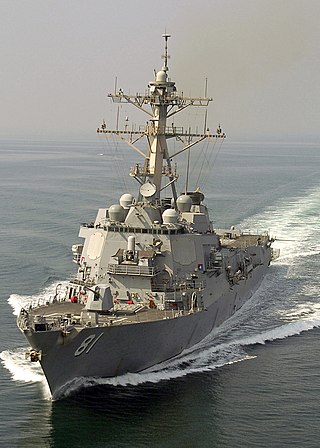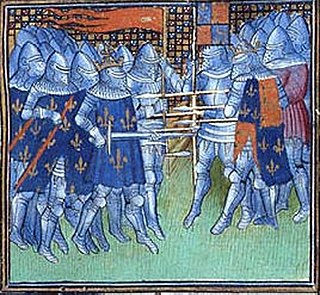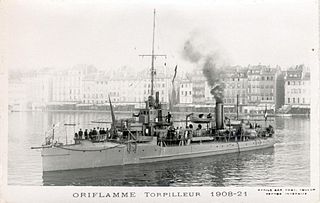
In naval terminology, a destroyer is a fast, manoeuvrable, long-endurance warship intended to escort larger vessels in a fleet, convoy, or battle group and defend them against powerful short-range attackers. They were originally developed in 1885 by Fernando Villaamil for the Spanish Navy as a defense against torpedo boats, and by the time of the Russo-Japanese War in 1904, these "torpedo boat destroyers" (TBDs) were "large, swift, and powerfully armed torpedo boats designed to destroy other torpedo boats". Although the term "destroyer" had been used interchangeably with "TBD" and "torpedo boat destroyer" by navies since 1892, the term "torpedo boat destroyer" had been generally shortened to simply "destroyer" by nearly all navies by the First World War.
Several Canadian naval ships have been named HMCS Athabaskan. All named for the Athabaskan people and destroyers. First ship was British built, the other two in Canada.

The attack on Mers-el-Kébir on 3 July 1940, during the Second World War, was a British naval attack on French Navy ships at the naval base at Mers El Kébir, near Oran, on the coast of French Algeria. The attack was the main part of Operation Catapult, a British plan to neutralise or destroy French ships to prevent them from falling into German hands after the Allied defeat in the Battle of France. The British bombardment of the base killed 1,297 French servicemen, sank a battleship and damaged five other ships, for a British loss of five aircraft shot down and two crewmen killed.
Hydra generally refers to:
USS Percival may refer to the following ships of the United States Navy:

The Oriflamme, a pointed, blood-red banner flown from a gilded lance, was the battle standard of the King of France in the Middle Ages. The oriflamme originated as the sacred banner of the Abbey of St. Denis, a monastery near Paris. When the oriflamme was raised in battle by the French royalty during the Middle Ages, most notably during the Hundred Years War, no prisoners were to be taken until it was lowered. Through that tactic, they hoped to strike fear into the hearts of the enemy, especially the nobles, who could usually expect to be taken alive for ransom during such military encounters.

Six ships of the French Navy have been named Forbin in honour of the 17th century admiral Claude Forbin-Gardanne:

Oriflamme was a 56-gun ship of the line of the French Navy. She was ordered on 16 February 1743 and built at Toulon Dockyard by engineer-constructor Pierre-Blaise Coulomb, and launched on 30 October 1744. She carried 24 x 18-pounder guns on her lower deck, 26 x 8-pounder guns on her upper deck, and 6 x 4-pounder guns on her quarterdeck. The ship was named for the oriflamme, a long, multi-tailed red banner that was historically the battle standard of the Capetian dynasty.
Eleven ships of the French Navy have borne the name Foudroyant :

Three ships of the French Navy have borne the name Brézé or Maillé Brézé in honour of admiral Jean Armand de Maillé-Brézé:
Somme or The Somme may refer to:

Oriflamme was one of 10 Branlebas-class destroyers built for the French Navy in the first decade of the 20th century.
At least three ships of the French Navy have been named L'Adroit:
At least three ships of the French Navy have been named Cyclone:
At least three ships of the French Navy have been named Valmy:
At least three ships of the French Navy have been named Kersaint:
At least two ships of the French Navy have been named Lansquenet:
There have been two classes of destroyers built for the Italian navies named Audace:
This page is based on this
Wikipedia article Text is available under the
CC BY-SA 4.0 license; additional terms may apply.
Images, videos and audio are available under their respective licenses.





